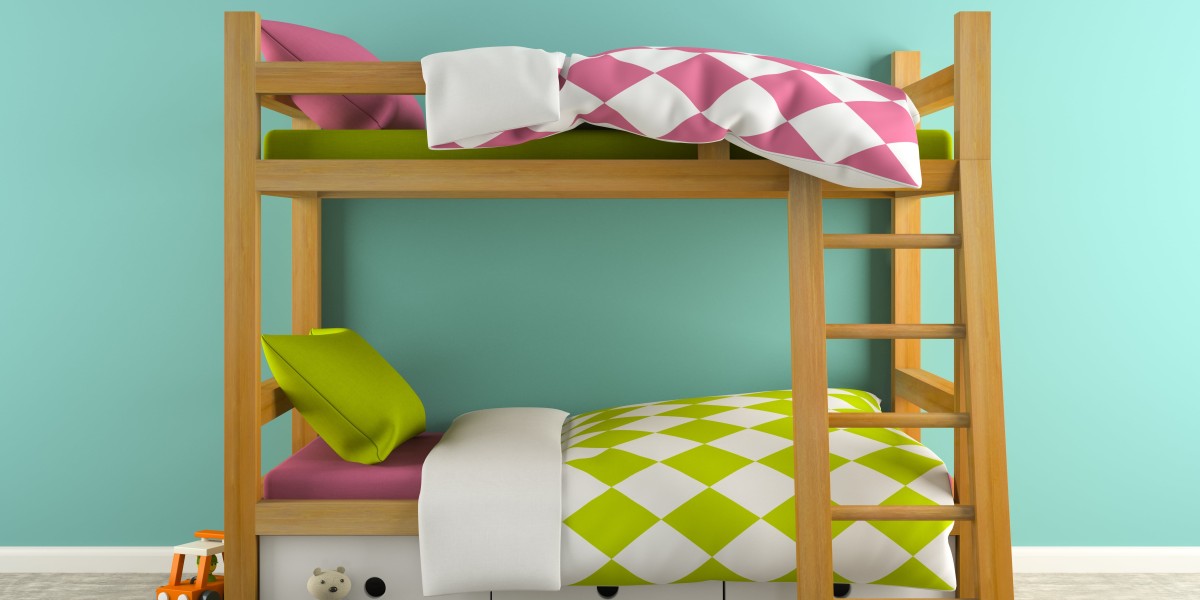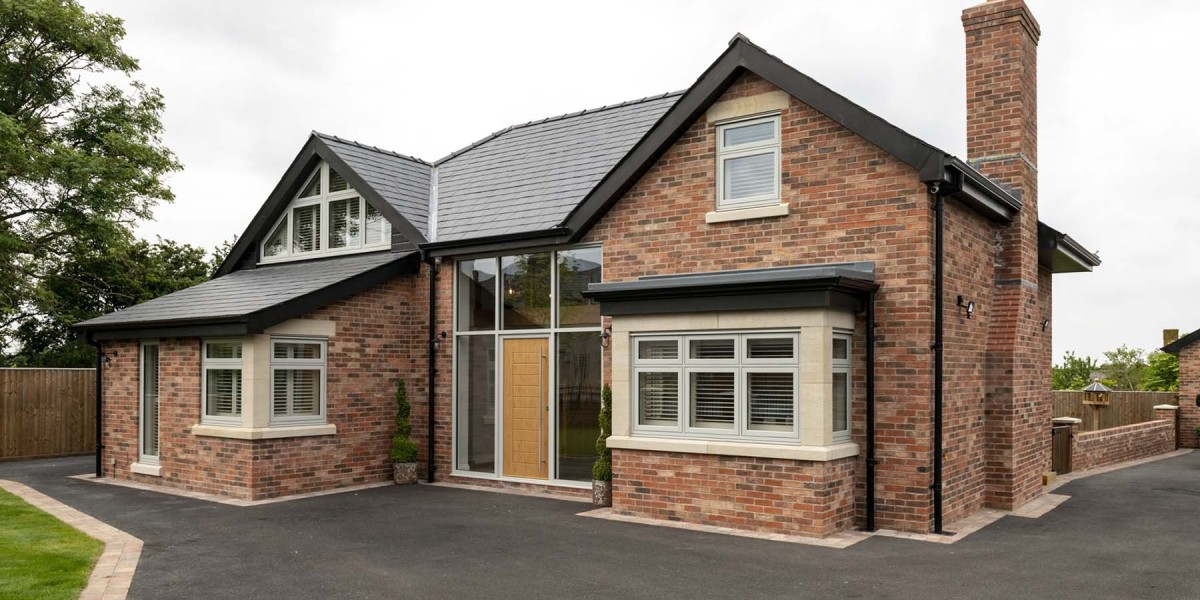
Bunk Beds for Kids: A Comprehensive Guide
Bunk beds have actually been a popular option for children's bedrooms for years. They use a space-saving solution that maximizes flooring location, provides fun climbing up choices, and is available in a variety of styles that interest kids's creativities. This article checks out the advantages, factors to consider, styles, and safety features related to bunk beds for children.
Advantages of Bunk Beds
Bunk beds present several benefits that make them an appealing choice for families. Here are some key advantages:

Space Saving
- Bunk beds enable two or more children to share a space without sacrificing space for play or other activities.
Cost-Effective
- Acquiring a single bunk bed can be more economical than buying 2 different beds.
Enjoyable Factor
- Kids often see bunk beds as a fun location to sleep and play, fostering a sense of experience.
Flexibility
- Bunk beds are readily available in different configurations, consisting of L-shaped, loft beds, and even convertible styles that can change as children grow.
Organization
- Many bunk beds include built-in storage choices, such as racks and drawers, assisting keep spaces organized.
Secret Considerations Before Purchasing
Before buying a bunk bed, it's necessary to consider certain factors, such as:
Space Requirements
Measure the space to make sure that there is adequate vertical space, permitting appropriate headroom on the leading bunk.Age of Your Children
Consider their age and maturity. Numerous makers advise that children under six ought to not oversleep the top bunk due to security issues.Weight Limit
It's vital to check the weight limitations of the bunk bed for both the top and bottom bunks to make sure safety.Style Preferences
Choose a design that matches the space's design and the kids's choices.Material
Bunk beds are offered in numerous materials, such as wood or metal. Each has its advantages and downsides relating to sturdiness and aesthetic appeals.
Designs of Bunk Beds
Bunk beds come in different styles to fit various looks and functional needs. Here's a list of some popular styles:
Standard bunk beds for kids Beds
Traditional stacked beds that include two beds developed one above the other.Loft Beds
A bed elevated high off the ground, with space underneath for a desk, play area, or storage.L-Shaped Bunk Beds
Two beds organized in an L-shape, offering more flooring space and a special style component.Twin Over Full Bunk Beds
These options include a twin bed on leading and a full-sized bed on the bottom, accommodating older kids or adults.Triple Bunk Beds
Created for 3 kids, these beds generally consist of three stacked beds, perfect for bigger households.
Security Features to Consider
Guaranteeing the safety of children utilizing bunk beds is paramount. Here are some safety features to search for before purchasing:
Guardrails
A bunk bed must include tough guardrails on the top bunk to avoid unintentional falls.Ladders
Guarantee that the ladder is securely connected and easy for children to browse safely.Stability
Try to find bunk beds with lower centers of gravity and large bases to supply better stability.Quality Construction
Choose beds made from resilient products that satisfy security standards, such as ASTM (American Society for Testing and Materials) regulations.
Frequently Asked Questions About Bunk Beds
1. What age is appropriate for a leading bunk?Generally, kids aged 6 and older are advised for sleeping in the leading bunk. 2. Are bunk beds safe for toddlers?Most specialists encourage against
putting toddlers in the leading bunk due to the
risk of falls and improper ladder usage. 3. Can bunk beds be separated?Many bunk beds are developed to be separated into two standalone beds,
supplying added flexibility as children grow
. 4. How do I keep a bunk bed?Regularly look for loose screws and use, keep mattresses clean, and guarantee that the bunk bed is
steady to lengthen its lifespan. 5.
Exist any unique bed mattress requirements for bunk beds?Yes, mattresses for bunk beds ought to fit snugly without leaving spaces. Typically, thinner mattresses
(around 6 to 8 inches )are advised for leading bunks for safety. Bunk beds use a flexible, useful, and fun option for children's sleeping arrangements, maximizing space while accommodating multiple kids in one room. By thinking about the essential aspects of design, security, and space, moms and dads can make an informed decision when picking the best bunk bed for their kids's requirements. With the right care and upkeep, a bunk bed can be a beloved piece of furniture that provides years of use and satisfaction for kids. Summary Table of Bunk Bed Styles Style Description Best For Requirement Bunk Beds Traditional design, 2 stacked beds Smaller rooms Loft Beds Elevated bed with open space below Study or play locations L-Shaped Bunk Beds Two beds in an L-shape Added flooring space Twin Over Full Twin on leading,
complete on bottom Accommodating older children Triple Bunk Beds 3 stacked beds Larger households By understanding the numerous options available, designated considerations for security and functionality, and proper age standards, households can choose the best bunk bed that not only enhances their living space however also guarantees a safe and satisfying sleeping environment for their kids.








